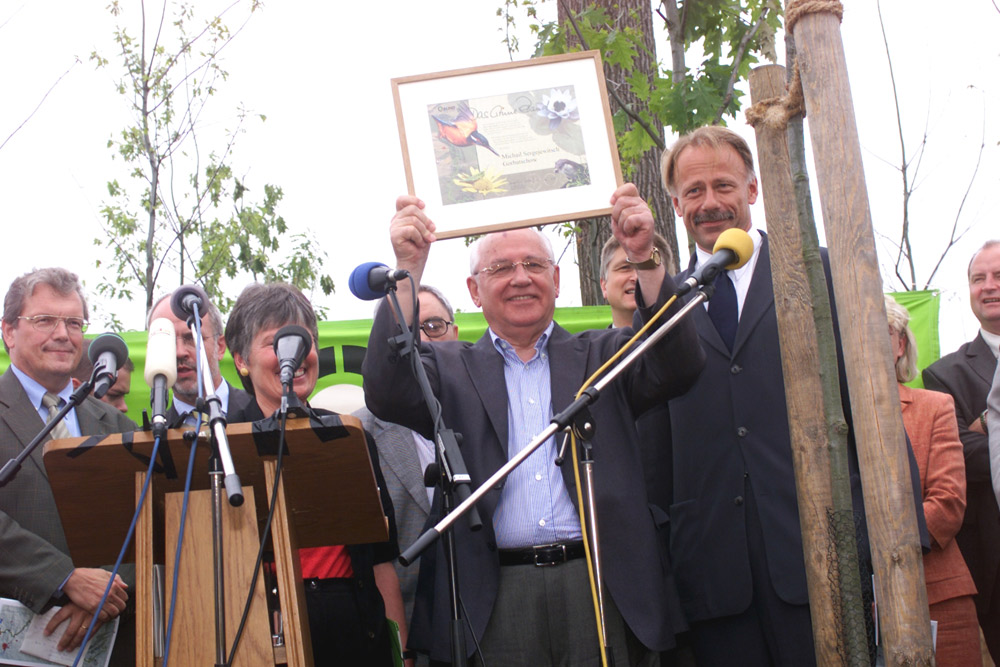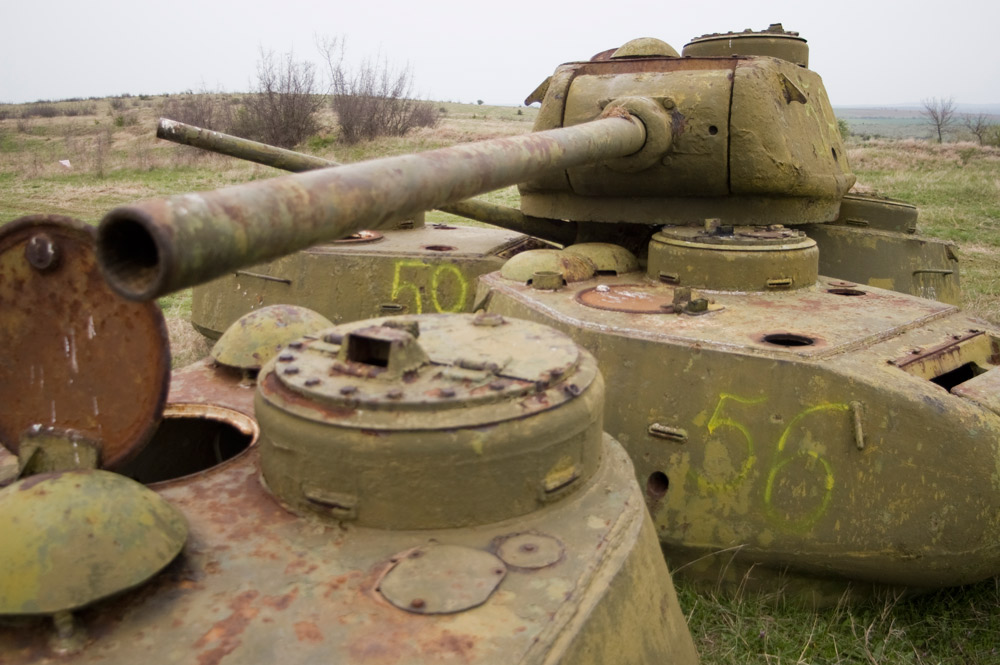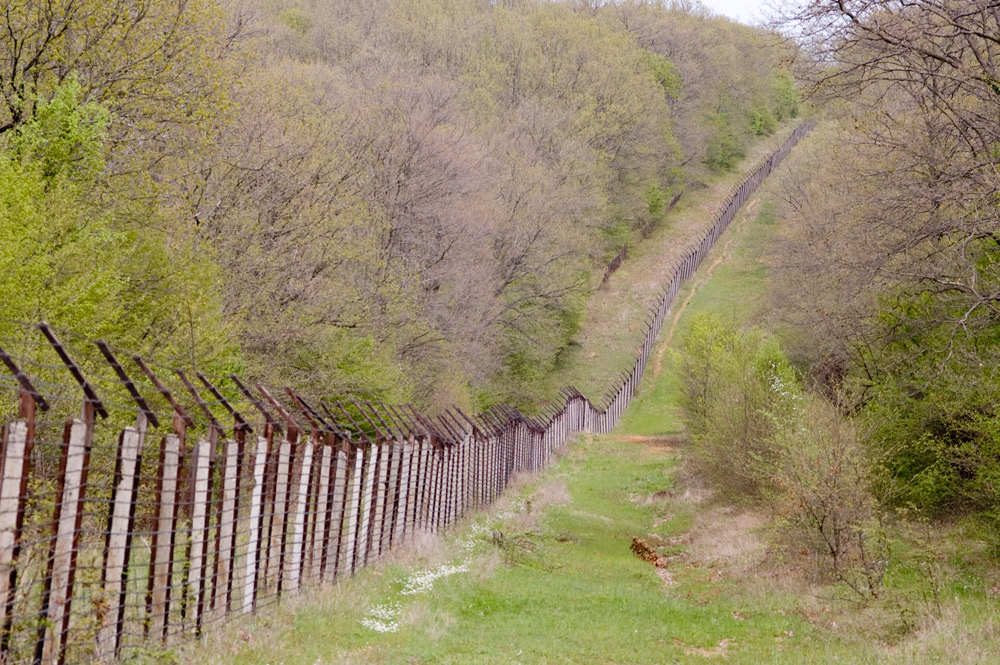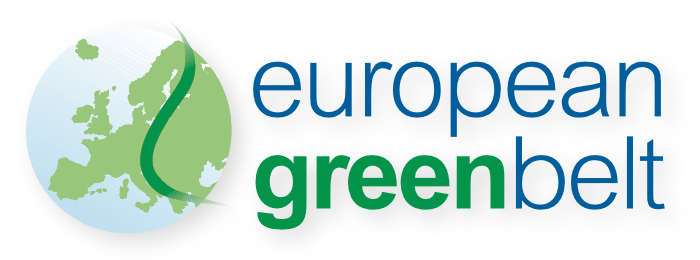From Death Zone to Lifeline

The absence of conventional land use, agriculture and most forms of human disturbance along much of the Iron Curtain and surrounding areas has resulted in the preservation and emergence of large areas of unspoilt nature and an interconnected system of diverse natural habitats and landscapes. In the former Eastern Bloc countries, the border areas were largely closed and unused, with some villages close to the border razed to the ground and people forcibly resettled inland. In the West, by contrast, remote border areas were less attractive to investors, were sparsely populated and did not require major infrastructure development.
Already in the 1970s and 1980s, a growing appreciation of the special value of the natural and traditionally managed landscapes along border areas began to emerge in a number of regions in what is now the European Green Belt. Biologists discovered the rich biodiversity along former border areas in various studies and research projects, for example in Finland and Russia and along the inner-German border.
The idea of a European Green Belt was first put forward at the opening of a land art monument, the East-West Gate, in 2002. A year later, in 2003, the initiative was formally born in Bonn, Germany, when several existing regional initiatives merged into a common European initiative at an international conference. The guest of honour at both events was Mikhail Gorbachev, the former President of the Soviet Union.
Memorial landscape

The European Green Belt is an extraordinary symbol of European history. It is a living memorial to the peaceful overcoming of the Cold War and the Iron Curtain. It is a physical reminder in the landscape of the turbulent and often tragic history of the 20th century.
No future without the past
Preserving this lifeline as a landscape of remembrance is a key objective of the European Green Belt Initiative. Remains of border fortifications (watchtowers, patrol roads, ditches or border buildings) give a vivid picture of the inhumanity of the border regime.
Along the European Green Belt, you will find many projects and activities dedicated to making history visible and tangible: for example, the virtual 360 degree adventure that takes you along and lets you explore the inner-German Green Belt. In addition, trails like the Iron Curtain Trail (EuroVelo13) invites everyone to experience the nature, history and culture of the border regions by bike.
From splitting of Europe to Cold War

The division of Europe into two distinct political and ideological spheres began with the Russian Revolution and the spread of communist ideas into political life. During the Second World War, the Soviet Union and Nazi Germany signed the Hitler-Stalin Pact, in which they promised mutual non-aggression, neutrality in wars with third parties and, in a secret protocol, the division of Europe into spheres of influence. After the German invasion, the Soviet Union joined the Allies as one of the three major parties.
Towards the end of the Second World War, beginning with the Teheran Conference in 1943, the Soviet Union began to pursue its interests in the post-war order. In return for helping the Allies fight the Axis powers, it demanded the adjustment of the Polish-Soviet border (the Curzon Line) and support for the Communist partisans in Yugoslavia. This was followed by the Yalta and Potsdam conferences, which established the post-war division of Europe into two spheres of influence.
After the war, many Eastern European countries came under Soviet socialist influence. Most of them subsequently joined the Warsaw Pact, while the "Western" countries from Norway to Turkey practised social or free market economies, and most of them joined the Western defence alliance, NATO. Some European countries remained outside the two alliances: Yugoslavia remained fully independent, while Albania broke away from Soviet influence in the 1960s and aligned itself with China.
West of the Iron Curtain, Sweden, Finland, Ireland, Liechtenstein, Austria and Switzerland remained independent in the military sense, forming the so-called "non-aligned nations". Economically, the western states were organised into the European Community and the European Trade Association, while the eastern states formed COMECON (Council for Mutual Economic Assistance, 1949-1991). Germany and Austria were divided into four zones of occupation (Soviet, American, British and French).
In 1949 the Federal Republic of Germany and the German Democratic Republic were founded, and in 1955 the Austrian State Treaty was signed and confirmed by the occupying powers - Austria declared its political neutrality. The ensuing period of political tension, intense armament on both sides and several proxy wars around the world was called the Cold War.
The Iron Curtain and its Overcoming

Originally a term for a fireproof curtain in a theatre, the term "Iron Curtain" was coined by Winston Churchill in his famous "Sinews of Peace" speech in Missouri in 1946 to describe this new barrier between the two political and military systems.
The Iron Curtain became an almost impenetrable physical barrier: metal fences, walls, bunkers, barbed wire, watchtowers, machine guns, land mines and guard dogs created a death zone between the countries, separating families for decades and causing the death or injury of hundreds of people trying to cross the border. With a weakened economy in the border regions, many inhabitants moved away from the area.
The pan-European picnic
In 1989, the border between Hungary and neutral Austria became the first part of the Iron Curtain to be dismantled: On 19 August 1989, a meeting (Pan-European Picnic) was organised near Sopron, mainly by the Hungarian Democratic Forum, to celebrate the foundation of the Hungarian state. The opening of the border to Hungarians was a good opportunity for almost 600 tourists from the GDR to escape to Austria, creating the first crack in the Iron Curtain. Later that summer, the foreign ministers of Austria and Hungary, Alois Mock and Gyula Horn, ceremonially cut through the border fortifications separating their countries. The Pan-European Picnic was an important event during the 1989 revolution and led to the fall of the Iron Curtain.
